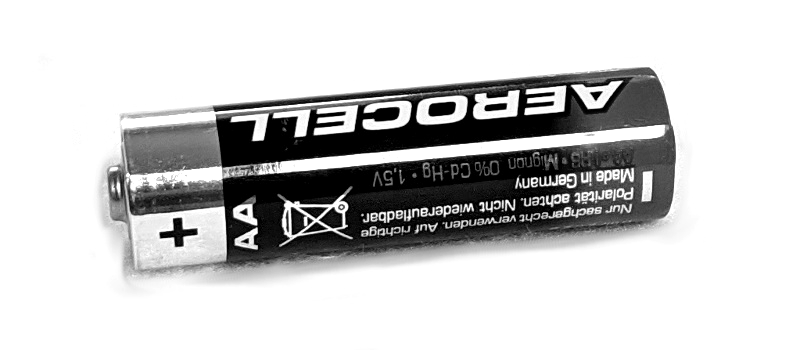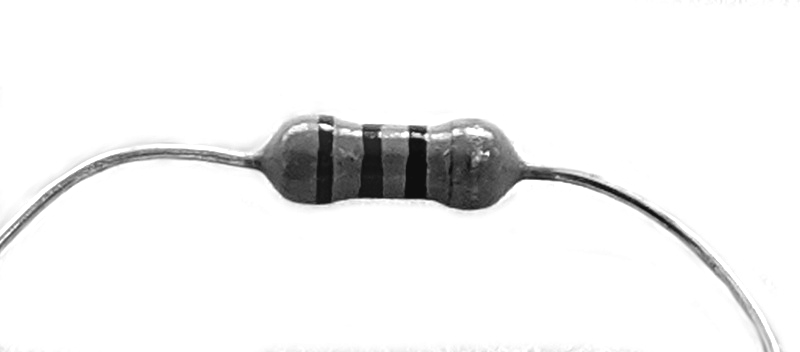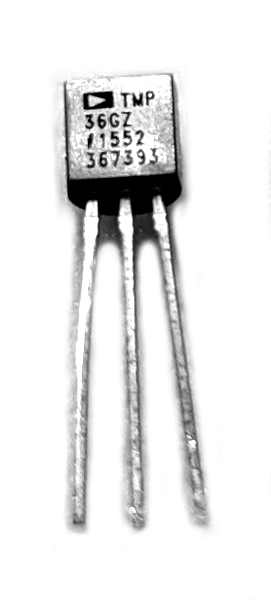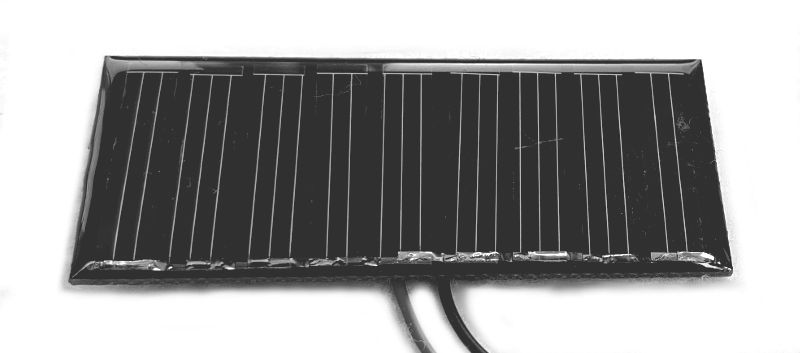A. Hardware
We use the Arduino MKR IoT Bundle [1], mostly because it comes in such a beautiful box. In case you are not familiar with the different electronic components, I took some photos for you:
|
Battery |
Switch |
Tilt Sensor |
Bread Board |
|
Resistor |
Potentiometer |
Capacitor |
Inductor |
|
Diode |
LED |
Zener |
|
|
Bipolar Transistor |
FET |
Temperture Sensor |
Photoresistor |
|
Solar Cell |
Piezo Buzzer |
Motor |
Servo Motor |
.
In addition, we add a few components to the kits:
-
9 volt battery
-
copper wire, iron nails
-
alligator clips
-
graphite pencil lead, 2x0.5 and 1x0.7mm (must be real graphite, kind of hard to get)
-
jumper cable
-
potentiometers (the ones in the box are not good)
-
Zener diode
-
Inductor
-
BC547 (the box includes 2 FETs, but they only switch with 4 volts, but the Arduino use 3.3 volts)
-
Hub (to protect your laptop)
You will also need a multimeter, ideally one that can measure capacitance and inductance. It should have a replaceable fuse, because there is a high likelihood, that it gets blown at least once per semester.
The instructor also needs in addition:
-
balloons
-
PVC pipe and towel
-
electroscope
-
Leyden jar
-
saran wrap and aluminum foil
-
lemon
-
coil and nails
-
a piece of real silicon
-
a small solar cell
Hope I did not forget anything.
.
Arduino MKR IoT Bundle
Currently the "Arduino MKR IoT Bundle" [1] is currently sold out. In case that stays that way (likely because of the FET issue), here is a list of the ingredients of that bundle:
-
1 Arduino MKR1000 board, with header soldered.
-
1 micro USB cable,
-
1 400-point breadboard,
-
70 solid-core jumper wires,
-
1 9V battery snap,
-
1 stranded jumper wire
-
1 stranded jumper wire,
-
6 phototransistors,
-
3 potentiometers (10 kilohm),
-
10 pushbuttons,
-
1 temperature sensor (TMP36),
-
1 tilt sensor,
-
1 alphanumeric LCD (16 x 2 characters),
-
1 bright white,
-
34 LEDs (6 ldr bright white, 1 RGB, 8 red, 8 green, 8 yellow, 3 blue),
-
1 small DC motor (6/9V),
-
1 small servo motor,
-
1 piezo capsule (PKM17EPP-4001-B0),
-
1 H-bridge motor driver (L293D),
-
1 octocouplers (4NE5),
-
2 MOSFET transistors (IRF520),
-
5 capacitors (100uF),
-
5 diodes (1N4007),
-
3 transparent gels (R,G,B)
-
1 male pin strip (40 x 1),
-
20 resistors (220 ohm),
-
5 resistors (560 ohm),
-
5 resistors (1 kilohm),
-
5 resistors (4.7 kilohm),
-
20 resistors (10 kilohm),
-
5 resistors (1 megohm),
-
5 resistors (10 megohm)
.
References
[1] Arduino MKR IoT Bundle, https://store.arduino.cc/arduino-mkr-iot-bundle
.
